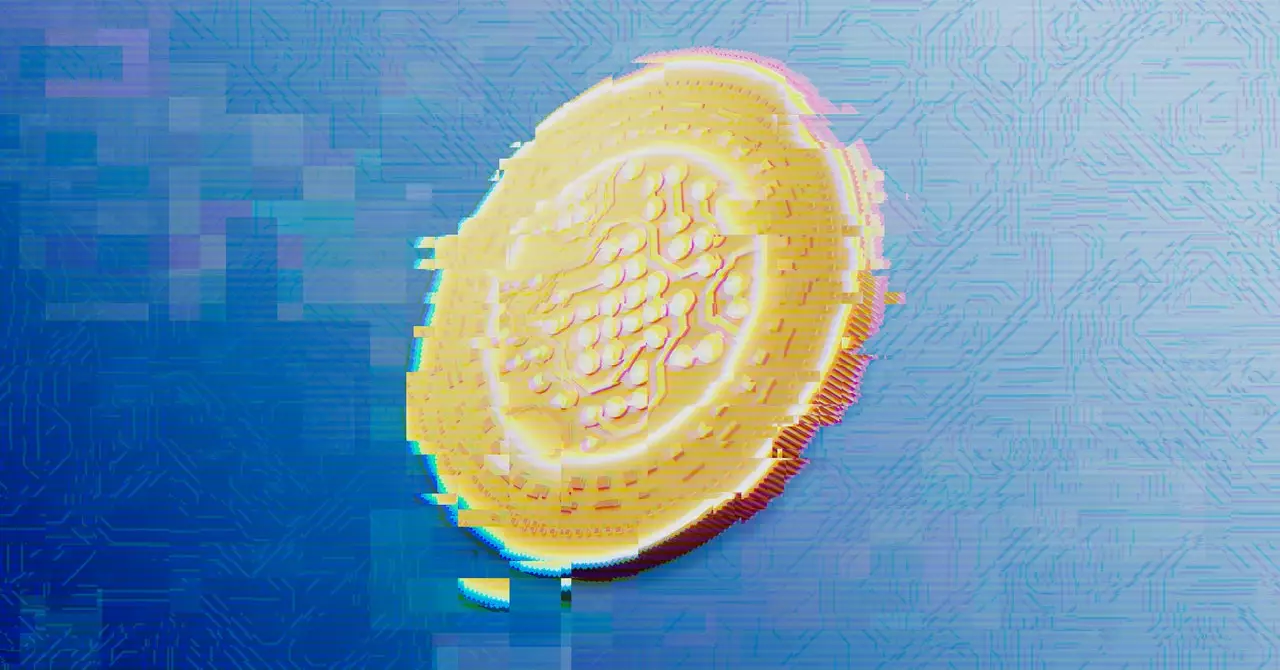In a world where technology can bridge generational gaps, the recent heartwarming story of three Indian technologists inventively bypassing Apple’s restrictions on AirPods illustrates the fine line innovators tread between enthusiasm for progress and ethical implications. Their clever method involved constructing a homemade Faraday cage and employing a microwave, showcasing creativity born out of personal necessity—in this case, enabling the hearing aid functionality for their grandmothers. This delightful, human-interest angle starkly contrasts with the grave developments on the military front, wherein the U.S. is exploring the implementation of AI-powered weaponry to counteract security threats.
The imminent threats of government surveillance further amplify the relevance of digital safety practices as political turmoil escalates. With recent ominous statements from political leaders hinting at measures against dissenters, it has become more critical than ever to advocate for personal privacy and protective awareness. A WIRED practical guide for safeguarding oneself against potential government surveillance emerges as a timely reminder that vigilance is essential—especially during turbulent political climates.
As agencies like U.S. Immigration and Customs Enforcement ramp up their monitoring capabilities, public protests and expressions of free speech face enormous challenges. Recent analyses indicate that states instituting mask bans during protests present complex issues for citizens exercising their rights. This interplay between personal freedoms and governmental oversight will remain prominent in discussions surrounding technology and personal privacy.
The digital landscape is not solely confined to innocent hacks and innovative solutions. The sordid tale of Ilya Lichtenstein and Heather Morgan acts as a potent reminder of the dark side of this technological age. Initially celebrated for their audacious crime of pilfering an estimated $71 million worth of Bitcoin, their downfall reveals deep flaws in operational security that lead to exposure and arrest. Pleading guilty to charges related to their heist and subsequent laundering activities, the couple now faces significant legal consequences.
Despite the cunning and determination evident in their actions, investigators utilized sophisticated methods like crypto-tracing to unravel the complexities of their crime. The recovery of over $10 billion in stolen cryptocurrency serves as both a testament to law enforcement prowess and a warning to would-be criminals about the pitfalls of increasingly sophisticated financial flows. The humor and absurdity behind their subsequent viral notoriety, particularly Morgan’s attempt at a pop-culture persona under the name “Razzlekhan,” further illustrate the intersection of fame and infamy in today’s digital age.
On a brighter note, the rise of artificial intelligence has sparked creative countermeasures against scams, particularly in the telecom industry. Virgin Media and O2’s recent initiative to deploy an “AI granny” serves as an amusing and effective piracy defense mechanism. By snagging fraudulent callers in conversation and extending their time spent on the line, this innovative solution illustrates how technology can serve as both offense and defense—a dynamic landscape with scammers regaining ground through intricate algorithms and social engineering.
Despite this advancement, there remains a concerning trend where criminals harness AI’s potential for nefarious purposes. Scammers evolve, utilizing deepfakes and AI-generated content to enhance their deceptive practices. This arms race begs for vigilance from both the general public and tech corporations eager to protect their user bases from such advances.
In a notable legal maneuver, a lawsuit filed against NSO Group founders reveals an evolving landscape where accountability is demanded from tech firms behind the products that facilitate malicious activities. This shift towards pursuing actual individuals in corporate structures indicates a growing recognition of the responsibilities tech companies hold regarding the safety and privacy of users.
Identifying malicious software campaigns linked to state-sponsored actors further emphasizes the need for an ongoing dialogue around cyber security and the importance of robust defenses against advanced threats. Malware adaptations targeting specific platforms illustrate new dynamics in the cyber landscape. While historically, Windows and Linux systems drew the vast majority of malicious interest, the emergence of threats in the macOS ecosystem has emerged as both a challenge and an indicator of evolving cybersecurity priorities among criminal enterprises.
Aside from stark differences in the motivations of those wielding technology for good vs. ill, it is clear that the dual-edged nature of innovation demands continuous scrutiny. Whether for heartwarming purposes or destructive ends, technology will persist at the center of societal transformation, requiring all stakeholders—individuals, corporations, and governments alike—to navigate both its potential and its peril in equal measure.

